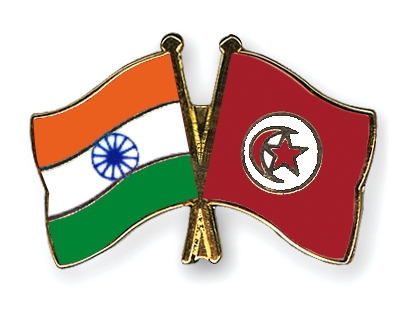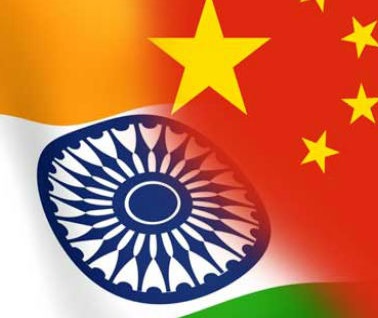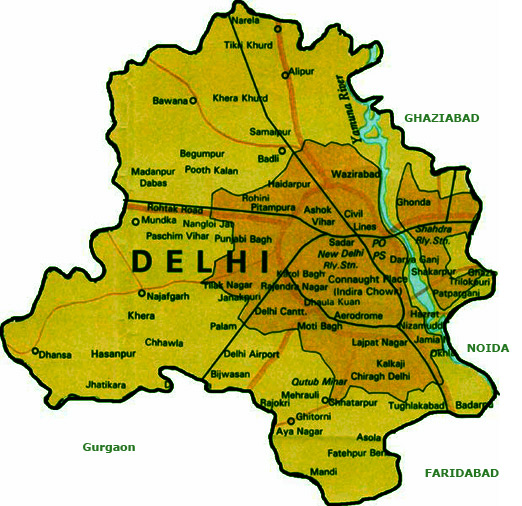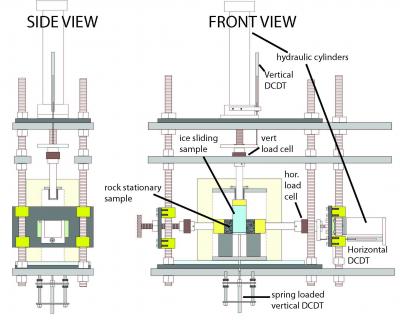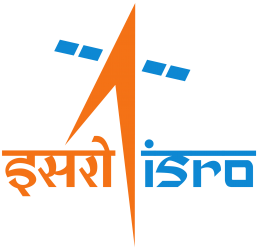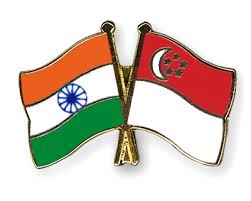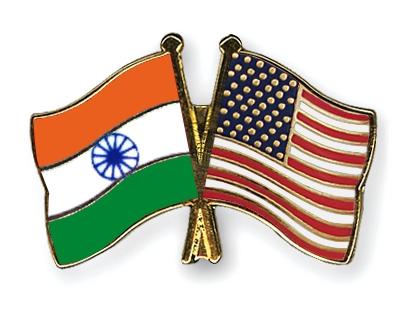The Green Initiatives Programme of the Indian Navy completes two years on World Environment Day. Over this period, considerable impetus has been given to reduce the overall carbon footprint of the Navy. Being a responsible and multidimensional force, the Indian Navy believes in an all inclusive and sustainable growth. Accordingly, the focus has not only been on correcting its ‘impact’ on the energy and environmental footprint, but also to address the root cause of the problem, which lies in the way energy is used.
Creation of an Energy and Environment Cell at Naval Headquarters in Jan 16 to monitor pan Navy implementation of green measures is a concrete step in this direction. This Cell has been tasked to enable the Navy’s vision of adding a Green Footprint to its Blue Water Operations and make it an environmentally responsible force which is not only energy and resource efficient, but also resilient to energy costs/ disruptions.
The Key Result Areas of the INs Energy and Environment Policy underline the triple bottom-line approach of Energy Conservation, Diversification of Energy Supply and Minimising Environment Impact. The ever expanding reach of IN necessitates use of new platforms equipped with cutting edge technology and state-of-the-art equipment. These platforms are energy intensive and have a significant carbon footprint in terms of energy and fuel use. IN has initiated concerted steps to reduce the carbon footprint– through efficient ship design and operations. Mass energy conservation awareness drives are conducted regularly at all Commands and Repair Yards to continuously educate and sensitise personnel on the importance of energy/ environment conservation in an effort to make this a way of life. Apart from greater awareness of the naval fraternity, the efforts have resulted in significant savings of approximately Rs. 12 Cr annually. The efforts of one of the major repair yards have seen it emerge as a model consumer, a feat lauded and recognized by the State Electricity Board.
The Navy has set itself an aggressive target of 21 MW Solar PV installation, to be implemented in three phases. The initiative is in line with the National Mission of Mega Watt to Giga Watt towards achieving 100 GW Solar PV installations by 2022. Additionally, IN has pledged 1.5 per cent of its Works budget towards Renewable Energy generation. Under this scheme, Solar PV projects are being undertaken at various Naval Stations across all Commands. Naval Stations, with scarce available land, have resorted to the deploying Rooftop Solar PV panels.
While the Renewable Energy scenario in the country is dominated by Solar and Wind energy, the Navy is also exploring the possibility of harnessing the Renewable Energy from oceans. Towards this, in consultation with pioneers in the field and MNRE, feasibility of exploiting Ocean Thermal Energy and Wave Energy as sources of power, are under discussion.
The pursuit of green goals of Indian Navy requires sustained and focussed efforts. The Men and Women in Whites, have, nonetheless pledged to walk hand in hand with the national objectives set by the Hon’ble Prime Minister.



